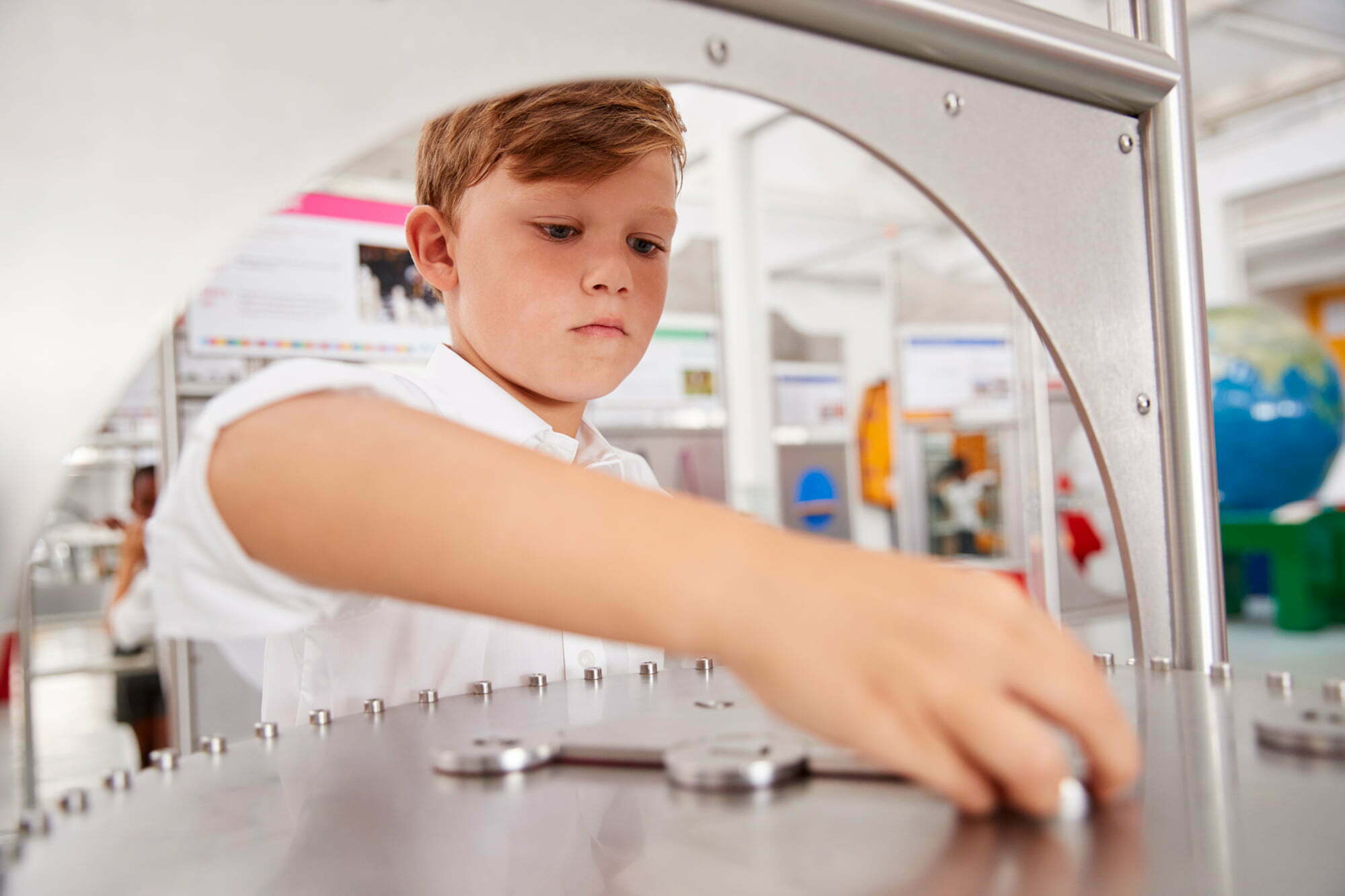Science research has suggested that quality STEM experiences in pre-k to 3rd grade has great results. It was able to offer a strong foundation for learning about these areas in ways that help these kids later on in their educational career. This is according to the Community for Advancing Discovery Research in Education (CADRE). CADRE is a network for STEM education researchers funded by the National Science Foundation’s Discovery Research preK-12 program.
Young children are able to problem solve and explain their strategies thoroughly. They are able to make sense of concepts such as length, area, and volume; explore scientific ideas, such as of cause and effect; and begin learning and communicating about engineering concepts, such as form and function.
The benefits of learning STEM are enormous. It leads to social-emotional development, supports the development of a curious and persistent mindset. It creates literacy and language development as well as better reading comprehension and writing skills.
The only thing that is needed to provide a quality early STEM education is the having teachers become experts in their field. Teachers can do so by encouraging children to share and talk about their observations regardless if they are not “right”. Teachers should always encourage kids to search beyond what is required so they can have more data to analyze. Listening to the kids and seeing them as they explore, engage, and interact with their peers. By giving the kids the equal opportunity to explore, they become more comfortable with science and more enthusiastic to learn.
The teachers themselves need support as they learn how to teach STEM. Professional development needs to cover how teachers can make connections between STEM topics and the everyday activities of the students, both in school and out of school, among other areas of training. And they need to be able to dedicate time to engage in STEM learning and have access to learning materials that let the children read, write and speak about STEM.





